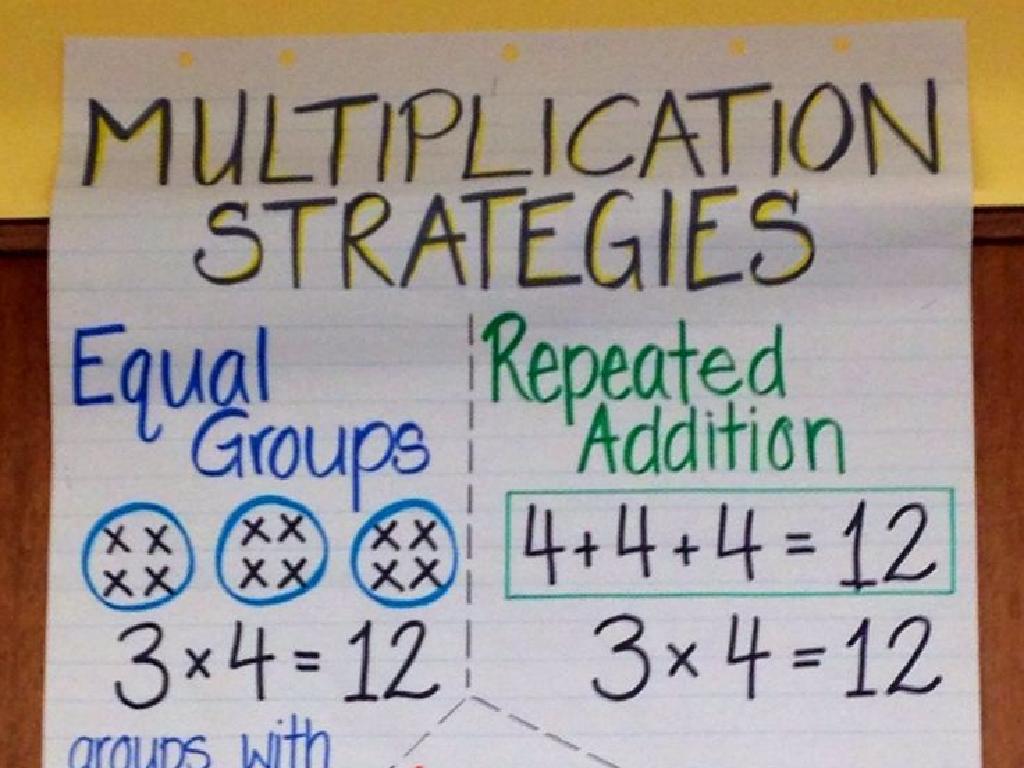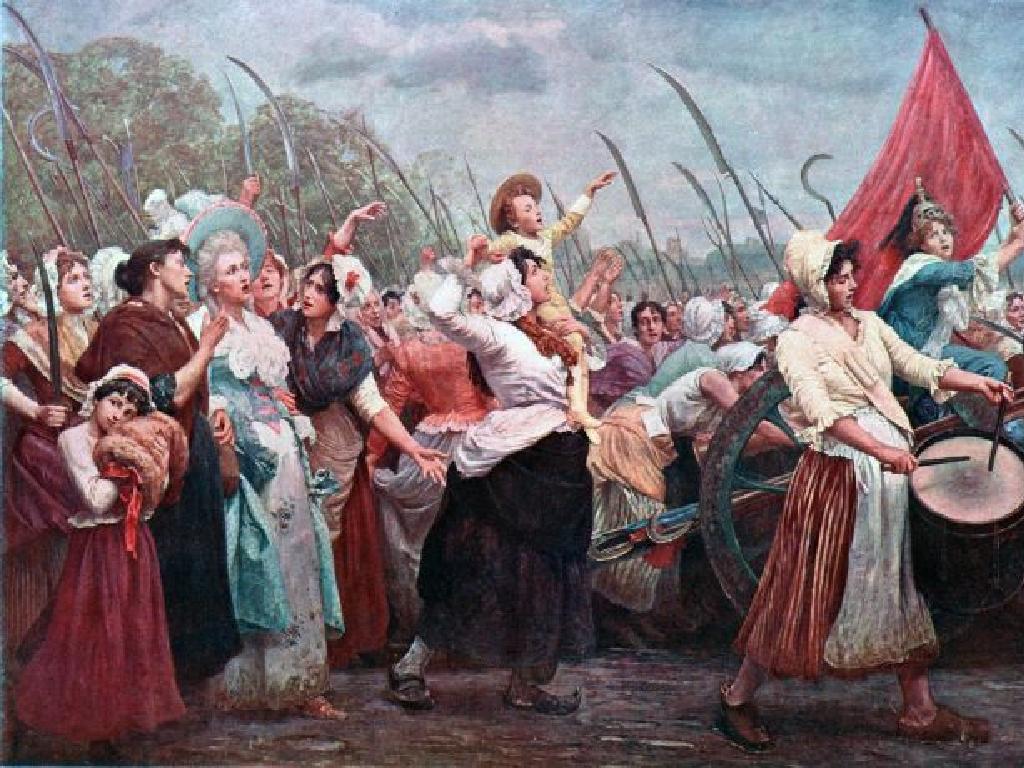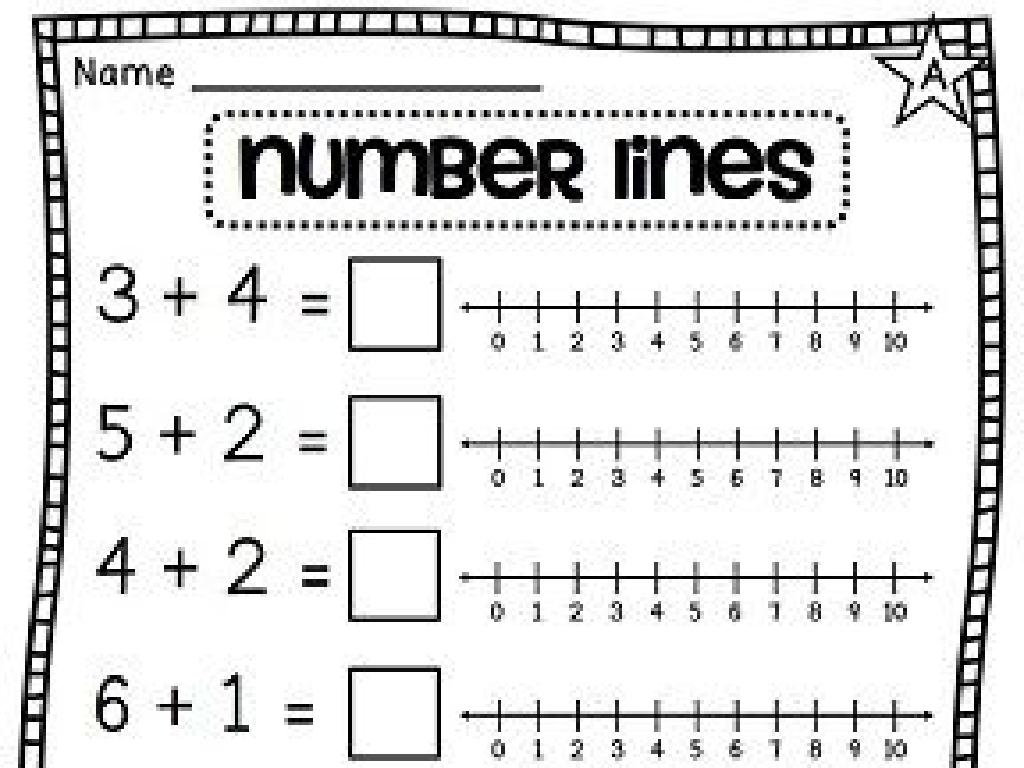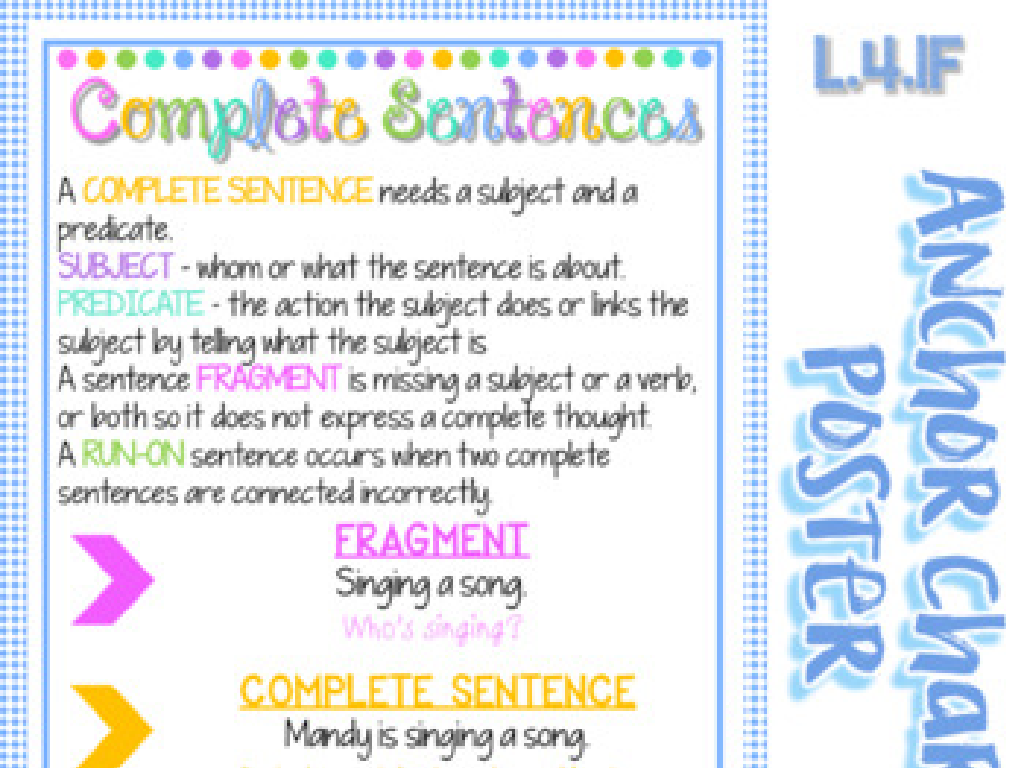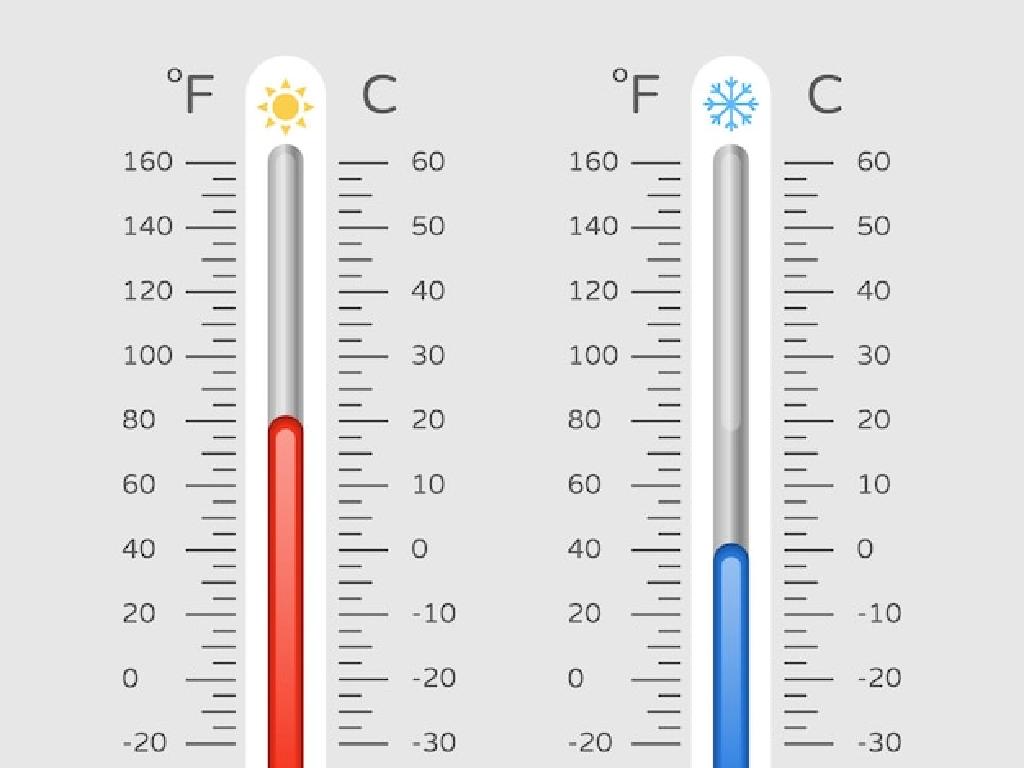Revise The Sentence Using A Stronger Verb
Subject: Language arts
Grade: Fifth grade
Topic: Descriptive Details
Please LOG IN to download the presentation. Access is available to registered users only.
View More Content
Bringing Stories to Life with Strong Verbs
– What captivates readers in a story?
– The strength of descriptive details
– Descriptive details paint vivid pictures in the reader’s mind.
– Strong verbs energize sentences
– Instead of ‘walked’, say ‘strolled’, ‘marched’, or ‘scurried’.
– Practice: Revise with powerful verbs
– Let’s take a dull sentence and make it exciting with strong verbs!
|
This slide introduces the concept of using strong, vivid verbs to make writing more engaging and lively. Begin by discussing what elements make a story interesting and how descriptive details contribute to this. Explain that verbs are the action words in a sentence and that choosing stronger, more specific verbs can make a big difference in the reader’s experience. Provide examples of weak versus strong verbs and encourage students to think of alternatives. For the activity, have students take a simple sentence and revise it using stronger verbs, then share their revisions with the class. This exercise will help them understand the impact of word choice on storytelling.
Power Up Your Sentences: Using Strong Verbs
– Understanding verbs
– A verb is a word that shows action or a state of being.
– Verbs: Words of action
– Verbs are the heart of a sentence, telling us what the subject does.
– Common verbs in sentences
– Walk, jump, read, and think are some verbs we use often.
– Enhancing sentences with strong verbs
– Strong verbs make writing vivid and precise, like ‘sprint’ instead of ‘run’.
|
This slide introduces the concept of verbs to the students, emphasizing their importance as action words in a sentence. Begin by defining a verb and explaining that it can represent an action or a state of being. Provide common examples of verbs and use them in simple sentences. Then, illustrate how choosing stronger, more descriptive verbs can enhance a sentence and make it more interesting. Encourage students to think of their own examples and to practice revising sentences to include strong verbs. This will help them understand how word choice affects the clarity and excitement of their writing.
Power Up Your Writing with Strong Verbs!
– Understanding verb strength
– Strong verbs show action more vividly than weak verbs.
– Weak verbs: run, walk, talk
– ‘Run’ can change to ‘sprint’, ‘walk’ to ‘stroll’, ‘talk’ to ‘chat’.
– Strong verbs: sprint, stroll, chat
– ‘Sprint’ implies speed, ‘stroll’ suggests leisure, ‘chat’ indicates casual conversation.
– Practice transforming verbs
|
This slide introduces the concept of verb strength and its impact on writing. Explain that strong verbs provide clearer, more specific descriptions of actions, making sentences more engaging. Use examples to show how replacing weak verbs with strong ones can change the meaning and add depth to writing. Encourage students to think of other verbs they often use and brainstorm more descriptive alternatives. In the next class, have students practice by revising sentences to include strong verbs, enhancing their writing skills.
The Power of Strong Verbs
– Strong verbs paint vivid pictures
– Instead of ‘walked slowly’, use ‘tiptoed’ for stealth
– They inject excitement into text
– ‘Ran quickly’ becomes ‘sprinted’ for urgency
– Enhance clarity for the reader
– Clear verbs help avoid misunderstandings
– Make actions ‘pop’ in the reader’s mind
– ‘The cat sat’ is okay, but ‘The cat lounged’ shows attitude
|
Using strong verbs is crucial for creating an engaging and clear narrative. They help the reader visualize the action and feel the emotions conveyed in the text. Teach students to replace generic verbs with more descriptive ones to make their writing more compelling. For example, instead of saying ‘the boy walked’, one could say ‘the boy strutted’ to convey confidence. Encourage students to think about the imagery and emotions they want to evoke and choose their verbs accordingly. Have them practice by revising sentences to include strong verbs and share the before and after to see the difference.
Identifying Strong Verbs
– Spotting strong verbs in sentences
– Strong verbs provide clear, vivid pictures in our minds.
– Practice with examples
– ‘The lion pounced on the prey’ instead of ‘The lion went after the prey’
– Discuss the strength of verbs
– Strong verbs make sentences more engaging and dynamic.
– Enhance writing with strong verbs
– Using strong verbs can make our stories and essays more interesting.
|
This slide is aimed at helping students understand the importance of using strong verbs to make their writing more vivid and engaging. Begin by explaining how strong verbs create clearer images and add energy to writing. Provide examples and have students identify the strong verbs within them. Discuss why certain verbs are stronger than others, focusing on how they add detail and clarity. Encourage students to think about how they can replace weak verbs with stronger ones in their own writing to make it more descriptive and interesting. This will not only improve their writing skills but also enhance their understanding of language and its impact on storytelling.
Power Up Your Sentences with Strong Verbs
– Identify sentences with weak verbs
– Brainstorm for powerful verbs
– Think of verbs that show action vividly
– Choose a strong verb to use
– Select a verb that makes your sentence jump to life
– Revise the sentence with your verb
– Compare the original and revised sentences
|
This slide is aimed at teaching students how to enhance their writing by using strong, vivid verbs. Start by explaining what weak verbs are and how they can make writing less engaging. Encourage students to brainstorm more descriptive verbs that could replace the weak ones. Guide them to select the most appropriate strong verb and use it to revise the original sentence. This exercise will help them see the difference in impact between the two sentences. For example, change ‘She went to the store’ to ‘She dashed to the store.’ Encourage creativity and have students share their before-and-after sentences, discussing the changes in imagery and feeling.
Class Activity: Verb Transformation
– Pair up and pick a story sentence
– Use a thesaurus for strong verbs
– A thesaurus lists synonyms; find more expressive verbs
– Revise the sentence with new verbs
– Make the sentence more vivid and interesting
– Present your revised sentences
|
This activity is designed to enhance the students’ understanding of verb usage and the importance of choosing strong, descriptive verbs to make their writing more engaging. Students will work in pairs to foster collaboration. They will select a sentence from a story they are familiar with, then use a thesaurus to find stronger, more vivid verbs to replace the weaker ones in the original sentence. After revising their sentences, each pair will share their before-and-after sentences with the class, allowing students to see the transformation and the impact of strong verb choices. Teachers should prepare a list of sentences from a story for the students to choose from, ensure that thesauruses are available for each pair, and guide the students on how to use them effectively. Additionally, prepare to facilitate the sharing session, encouraging positive feedback and discussion on the verb choices.
Strong Verbs: Conclusion & Homework
– Recap: Power of strong verbs
– Why descriptive details matter
– Descriptive details make stories vivid and interesting.
– Homework: Craft a paragraph
– Write a short story or descriptive paragraph.
– Use 5 strong verbs in writing
– Strong verbs create a clear picture in the reader’s mind.
|
As we conclude today’s lesson, remember that using strong verbs can turn a good sentence into a great one, making your writing more engaging and effective. Descriptive details are crucial as they allow the reader to visualize and feel the story. For homework, students are to write a short paragraph or story, ensuring they include at least five strong verbs. This will help them practice the skill of choosing precise verbs that convey action vividly. Encourage creativity and remind them to think about the verbs that best reflect the actions they want to describe. In the next class, we’ll review some of these paragraphs to celebrate their efforts and reinforce the learning.

